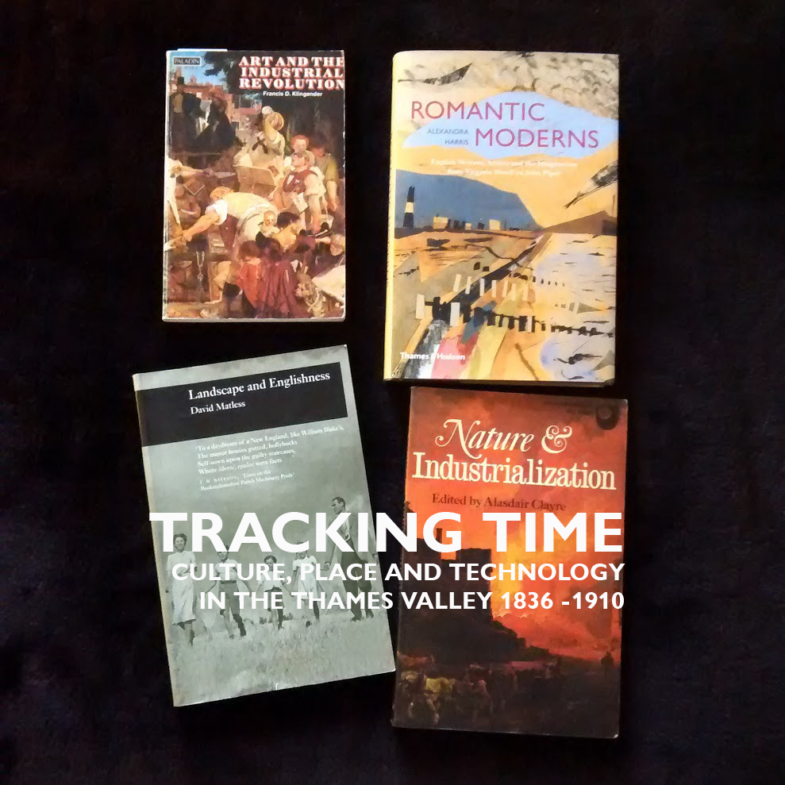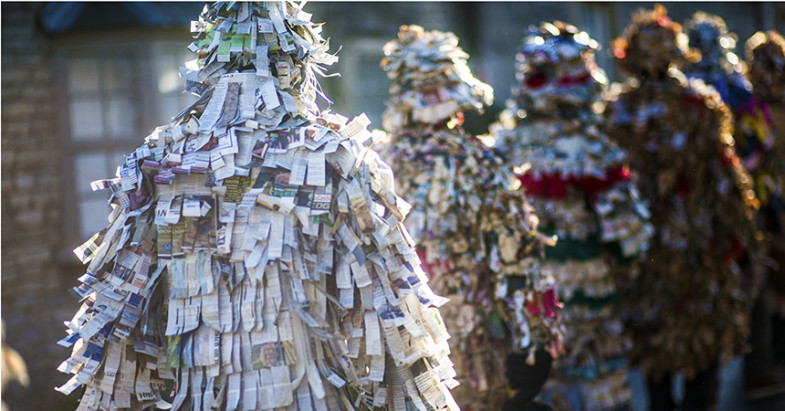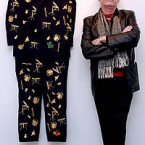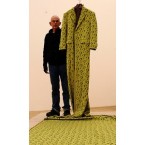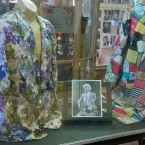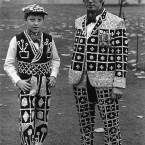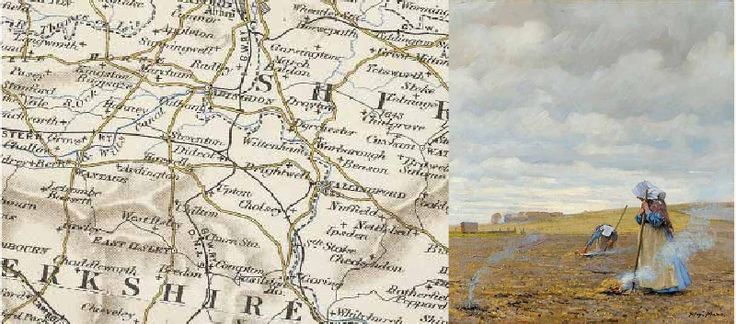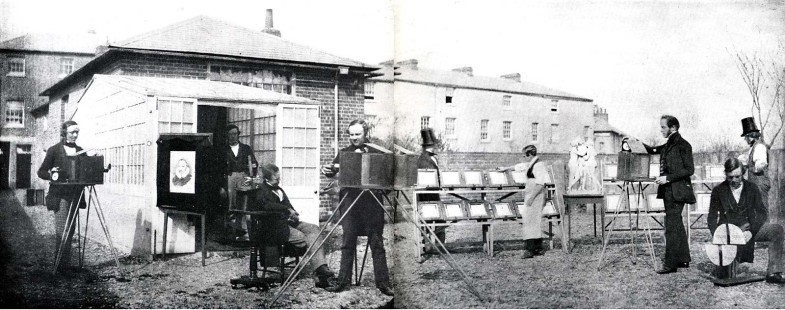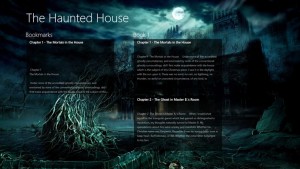The painter Cyrill Mann painting the Trent and the
now demolished Nottingham City Power Station c. 1939
Even the best laid plans can have a fatal flaw.
After a hard year applying I am no nearer a funded or even self-funded PhD with the Thames based ideas.
Apart from the advice that very few PhD funding candidates over 50 now receive funding and if applying try having a sex-change I also came up against another fundamental problem.
I well aware of the pitfalls and problems of so-called ‘practice-led’ Phd study. In fact I wrote a paper on it available
HERE:http://journals.sagepub.com/doi/abs/10.1177/1474022213514548
I also illustrated the great and the good’ take on ‘Artists with Phds’ edited by James Elkins for which I had to read every chapter.
https://shaunbelcher.com/artwork/?p=544
So I more than familiar with the argument that a practice-led fine art Phd is essentially impossible and I would 90% agree.
Most of the submitted fine art practice-led Phds thus far completed have been textual commentary on practice and nowhere do I see art objects which in themselves contain new knowledge as defined by the academy.
It is a fascinating philosophical problem but there it is and it doesnt help gain funding.
Does an art object of itself…a painting..a sculpture or a conceptual installation contain new knowledge which ‘transferrable’ NO..not unless it contains text…which funnily enough graphic novels and comix do….
This brings me neatly to my problem with PhDs. I have spent a fruitless year banging my head against the walls of funded academia. As well as the age and gender problems which make it virtually impossible for a man of my age to succeed in the AHRC rat race for pennies I was pitching what essentially a ‘practice-led’ project at solid academic text-only departments.
This reached its apotheosis in two recent meetings at Nottingham University. One in Geography the other in the English Department. In both cases senior academics were very supportive of all I trying to do and if I wished to self-fund (no longer an option as they say life got in the way) then I could do a historical Cultural Geography Phd no problem.
What I could not get support for and this also happened at Lincoln too ( trad Art History only which ironic in an institution hell bent on destroying trad arts for money making ‘performance’ ends) is get support for a practice-led (poetry/drawing/graphic-novel) whatever the practice it that element that caused a shaky heady…. Traditional academia….i.e. the academy wants a rigorous 80000 words or it a no no.
So new year back to square one. the only way I can see a practice-led PhD with the above caveats succeeding is by part of the PhD being comic/graphic novel and therefore containing the transferrable knowledge. I played with this in a ‘Visual Paper’ (NO TEXT) I delivered at a drawing conference in New York again to a few shaky heads and non-publication in proceedings because ‘no text’ 🙂
That paper available HERE:
https://shaunbelcher.com/research/?p=1135
along with animated short.
At this point James Elkins kindly stated that he thought that I had done a PhD level of work in my M.A. for approaching the topic in the way I had but that ain’t the same as a real PhD. So I have got nowhere……
Meanwhile I developing this ‘Backwaters’ research into a smaller non-PhD project or at least placing on the back-burner until things look more hopeful.
Further details of Graphic Art and Comics Research on : https://shaunbelcher.com/comicart
